|
|
In a world where technology is advancing at an astonishing speed, it’s heartening to see an increasing focus on green technology innovations. These advancements are revolutionizing our lives and aim to create a sustainable future for our planet.
Today, the quest for greener solutions is more than just a trend — it’s a necessity as we grapple with the consequences of climate change and the urgent need to reduce our environmental footprint.
Green technology, or “Greentech,” refers to using science and technology to create products and services that are environmentally friendly. It encompasses everything from renewable energy sources like wind and solar power to innovative waste management methods, water purification, and even eco-friendly transportation options.
In this article, we delve into the top 10 green technology innovations that are shaping our world today. Whether you’re curious about the cutting-edge developments in the Greentech sector or you simply want to learn more about how technology can help us build a more sustainable world, read on to learn more about these fascinating breakthroughs.
Key Takeaways
- Green technology is advancing, offering sustainable solutions like renewable energy sources and eco-friendly products.
- Innovations in solar, wind, and hydroelectric power are making renewable energy more efficient and practical.
- New techniques in water conservation, e-waste recycling, and biofuel production are addressing critical environmental issues.
- Eco-friendly materials and green construction methods are reducing our environmental footprint in various industries.
- Vertical farming and electric vehicles represent promising advancements in agriculture and transportation, enhancing efficiency and sustainability.
Harnessing Solar Energy Like Never Before
Solar energy has already been championed as an inexhaustible, clean alternative to fossil fuels. However, recent technological advancements are allowing us to harness this abundant resource like never before. High-efficiency photovoltaic cells and solar batteries are just a couple of exciting innovations in this field.
Photovoltaic (PV) cells, responsible for converting sunlight directly into electricity, have seen significant improvements in efficiency. Modern PV cells are not only capable of capturing a wider spectrum of sunlight but can also function on cloudy days or in partial shade. This increased efficiency makes solar power systems more practical and cost-effective for everyday use.
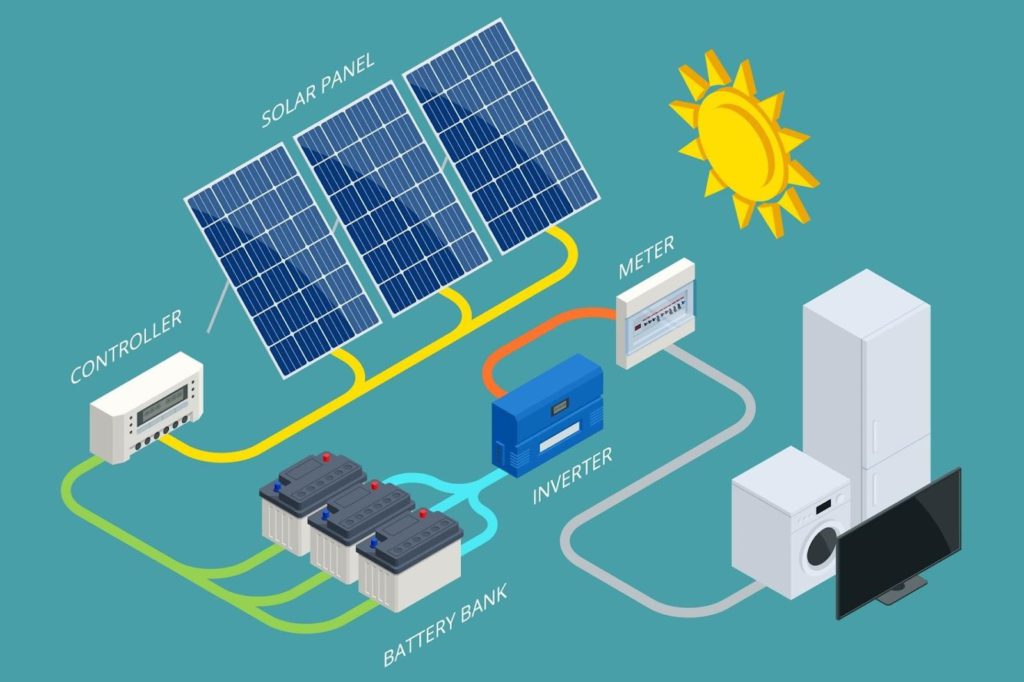
Moreover, advancements in solar battery storage technology have addressed one of the major limitations of solar energy — its availability only during daylight hours. Modern solar batteries can store surplus power generated during the day for use at night or during power outages, ensuring a consistent supply of green energy.
Wind Power: The Future of Renewable Energy
Wind power, a form of renewable energy that leverages the force of the wind to generate electricity, is fast becoming a key player in the push toward cleaner, greener energy solutions. As technology advances, we’re seeing wind power become more efficient, more practical, and more widespread, solidifying its place as a critical part of our renewable energy future.
One exciting innovation within this sector is the development of offshore wind farms. These vast arrays of turbines are built out at sea, where wind speeds are typically higher and more consistent than on land. By tapping into this constant and potent source of wind power, offshore farms can generate significant amounts of electricity. This not only helps lower greenhouse gas emissions but also reduces reliance on fossil fuels.
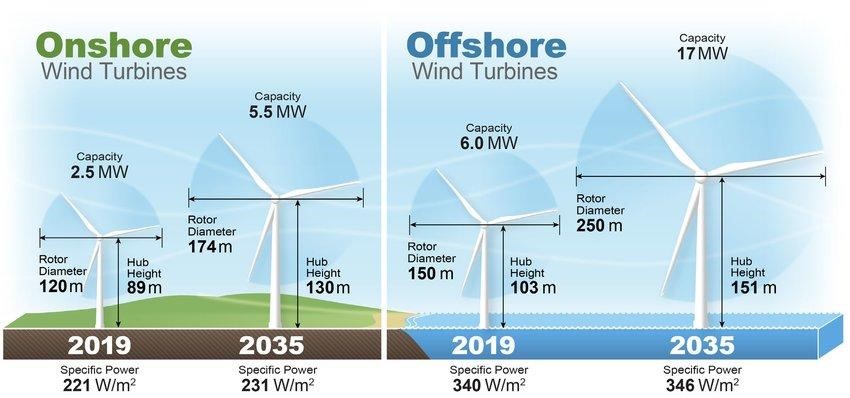
However, these technological advancements aren’t limited to large-scale wind farms. There has been considerable progress in small-scale or “micro” wind power systems as well. These compact turbines can be installed on buildings or in urban areas where space is limited. They provide a decentralized solution to electricity generation, allowing individual households and businesses to create their own renewable energy.
Hydroelectric Innovations: Making Waves in Sustainability
Hydroelectric power, one of the oldest forms of energy generation, is currently experiencing a renaissance through innovative technologies and processes. However, traditional hydroelectric systems often involve large-scale dams that can have significant environmental impacts.
Recent innovations, though, are paving the way for more sustainable methods of harnessing hydropower.
Notably, small-scale hydropower systems are gaining traction due to their lower environmental footprint and versatile applications. These systems can be installed in small rivers or streams without the need for a large dam or reservoir, making them an excellent choice for rural areas and developing countries. The energy produced can be used on-site or fed into the local grid, providing a reliable source of renewable electricity.
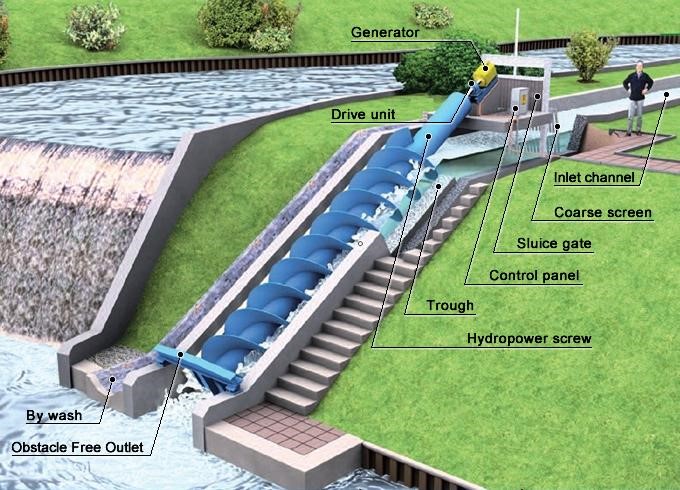
Even more exciting are advancements in tidal and wave energy technologies. Both methods harness the energy of our oceans — an abundant and untapped resource. Tidal power systems generate electricity from the natural rise and fall of coastal tides, while wave power technologies extract energy from surface waves. Both offer enormous potential for sustainable power generation, given that around 71% of Earth’s surface is covered by water.
Biofuels: Green Energy from Unexpected Sources
Biofuels have emerged as a promising alternative to traditional fossil fuels, offering a renewable and potentially carbon-neutral way to power our world. Derived from organic material — or biomass — biofuels can be generated from a surprising variety of sources, many of which are considered waste products.
One such source is used cooking oil. Rather than discarding this byproduct of the food industry, innovative technologies are turning it into biodiesel. This form of biofuel can be used in regular diesel engines with minimal modifications, making it a practical and environmentally friendly solution for transportation.
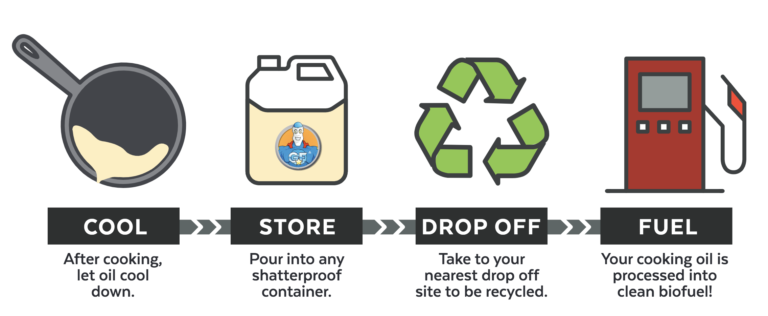
Similarly, agricultural waste — everything from crop residues to manure — can also be transformed into energy-dense biofuels. The fermentation of these materials produces bioethanol, a type of biofuel that can replace or supplement traditional gasoline in vehicles.
Algae is another unlikely source being tapped for biofuel production. Algae-based biofuels are not only renewable but also beneficial in that algae absorb carbon dioxide as they grow, helping to offset emissions. Additionally, growing algae doesn’t compete with food production like some other biofuel sources do, making it a more sustainable choice.
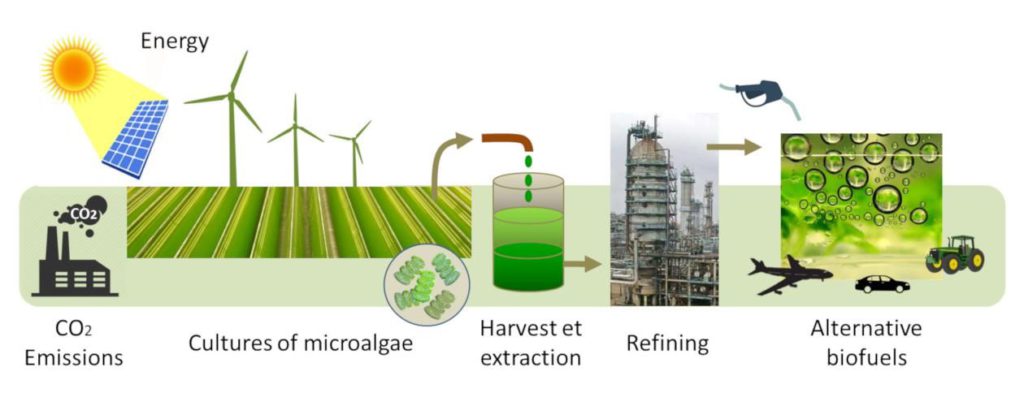
Innovative Water Conservation Technologies
Water, often taken for granted, is a crucial resource that is under increasing strain due to population growth and climate change. As such, innovative technologies aimed at conserving and efficiently managing water are becoming increasingly important.
One significant advancement in this area is the development of smart irrigation systems. These systems use sensors and data analytics to optimize water usage in agricultural settings. They monitor variables like soil moisture levels, weather forecasts, and plant water needs to deliver precise amounts of water where and when it’s needed. By reducing overwatering, these systems not only conserve water but also improve crop yields.
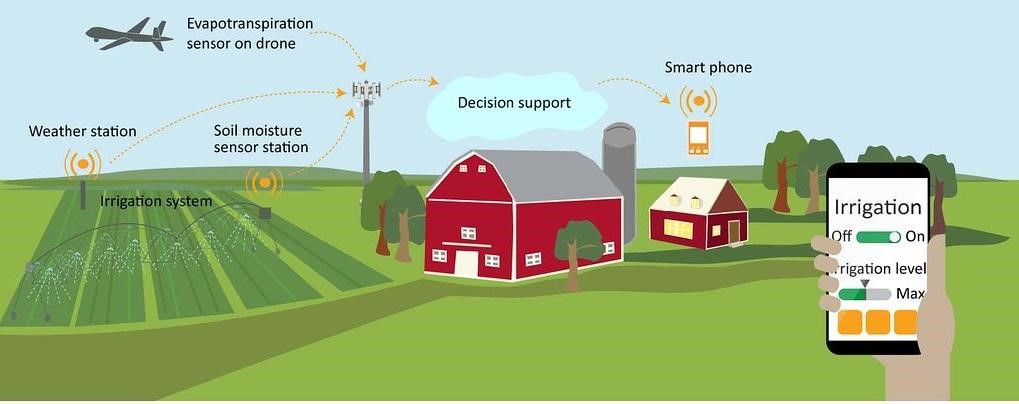
Finally, advancements in desalination technology are making it more energy-efficient to convert seawater into fresh drinking water. While previously seen as a last resort due to its high energy consumption, modern desalination techniques like reverse osmosis or forward osmosis are becoming more viable with the aid of renewable energy sources.
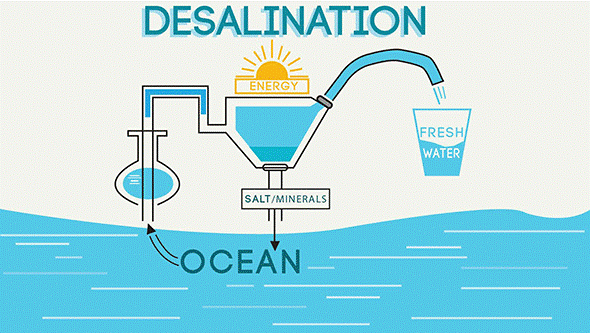
Advancements in E-Waste Recycling Techniques
As we become increasingly reliant on electronic devices, the issue of electronic waste, or e-waste, grows more pressing.
E-waste, consisting of electronic products that are unwanted or not working, takes up valuable space in landfills and often also contains hazardous materials that can leach into the environment. However, it also contains precious metals and other resources that can be recovered and reused. This is where advancements in e-waste recycling techniques come into play.
Traditional e-waste recycling methods often involve manually disassembling devices to extract valuable components, a labor-intensive process that can expose workers to harmful substances. Automated processes are being developed to dismantle and sort different electronic waste components efficiently to address this.
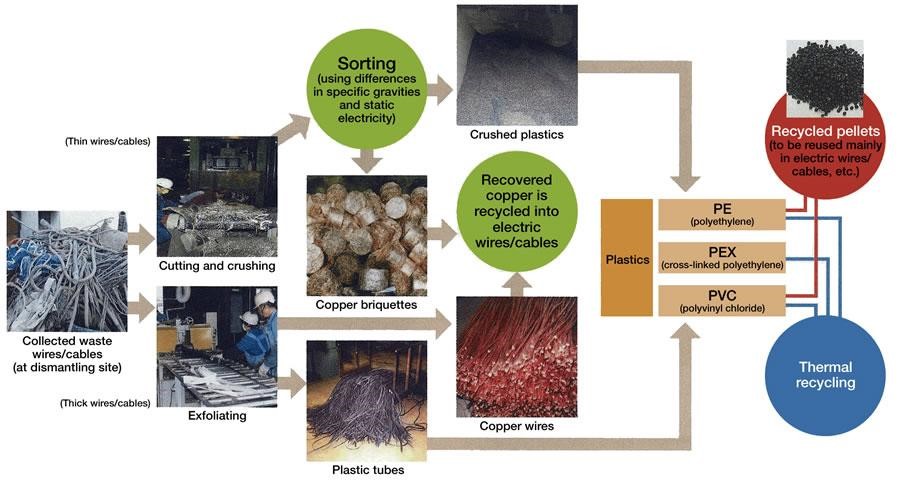
Eco-Friendly Materials Revolutionizing Industries
In an era where sustainability is a pressing concern, a variety of innovative eco-friendly materials are making waves in various industries. These materials, which range from biodegradable plastics to carbon-absorbing concrete, promise to significantly reduce our environmental footprint.
Bioplastics, for instance, have emerged as a promising alternative to traditional petroleum-based plastics. Made from renewable sources like corn starch or sugar cane, bioplastics can be designed to be biodegradable, reducing pollution and waste. They also often require less energy to produce than their petroleum-based counterparts.
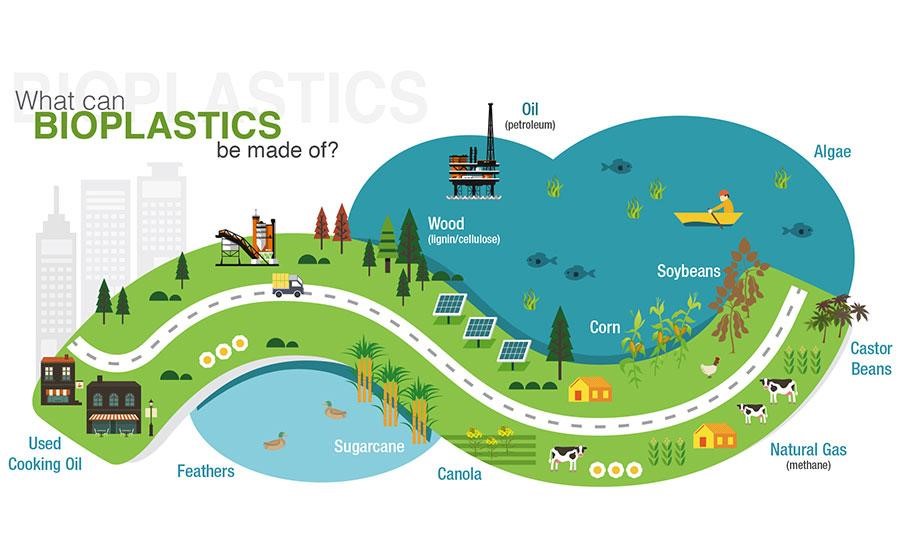
Even in electronics, eco-friendly materials are starting to make an impact. For example, researchers are developing biodegradable electronic components made from substances like silk and magnesium. These “green” electronics could significantly reduce e-waste and its associated environmental impacts.

Image source. A biodegradable semiconductor developed by Stanford University researchers.
Green Construction: Building a Sustainable Future
Green construction is an approach that aims to create buildings that are not only environmentally friendly but also resource-efficient throughout their life cycle. This includes everything from the design and construction process to operation, maintenance, and eventual demolition.
One of the main components of green construction is the use of eco-friendly building materials. This could include recycled or reclaimed materials, sustainably harvested timber, or concrete alternatives that absorb carbon dioxide. The goal is to reduce the environmental impact of the building process and create structures that are more energy-efficient and sustainable in the long run.
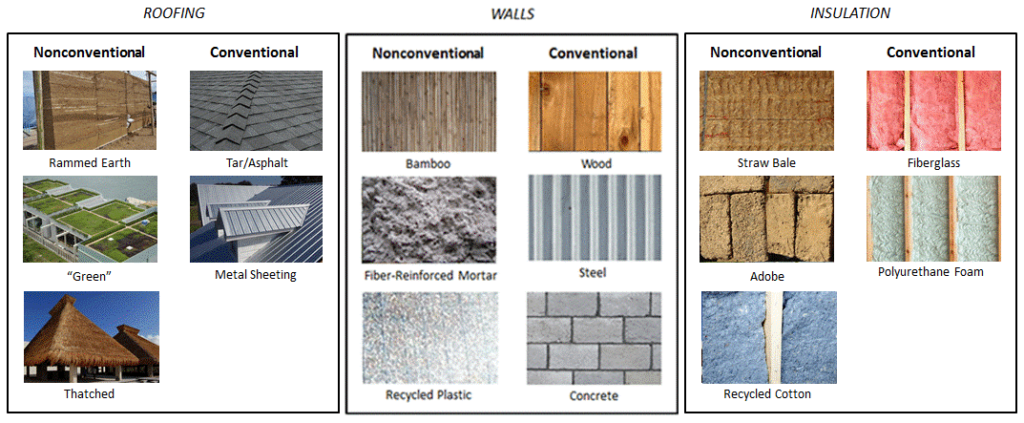
Another crucial aspect of green construction is energy efficiency. This can be achieved through a variety of methods, such as installing high-efficiency HVAC systems, using LED lighting, or incorporating renewable energy sources like solar panels or wind turbines. The aim is to minimize the building’s energy consumption and potentially even generate its own power.
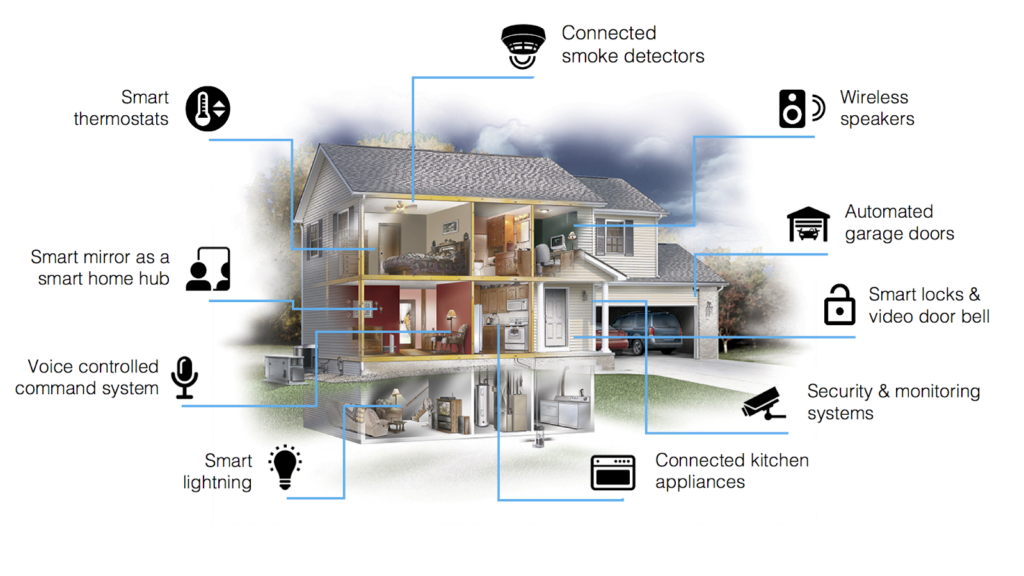
Electric Vehicles: Driving Towards Clean Energy
Electric vehicles (EVs) represent one of the most promising advancements in green technology. By replacing fossil fuel-burning engines with electric motors, EVs offer a practical solution to reducing transportation-related carbon emissions and air pollution.
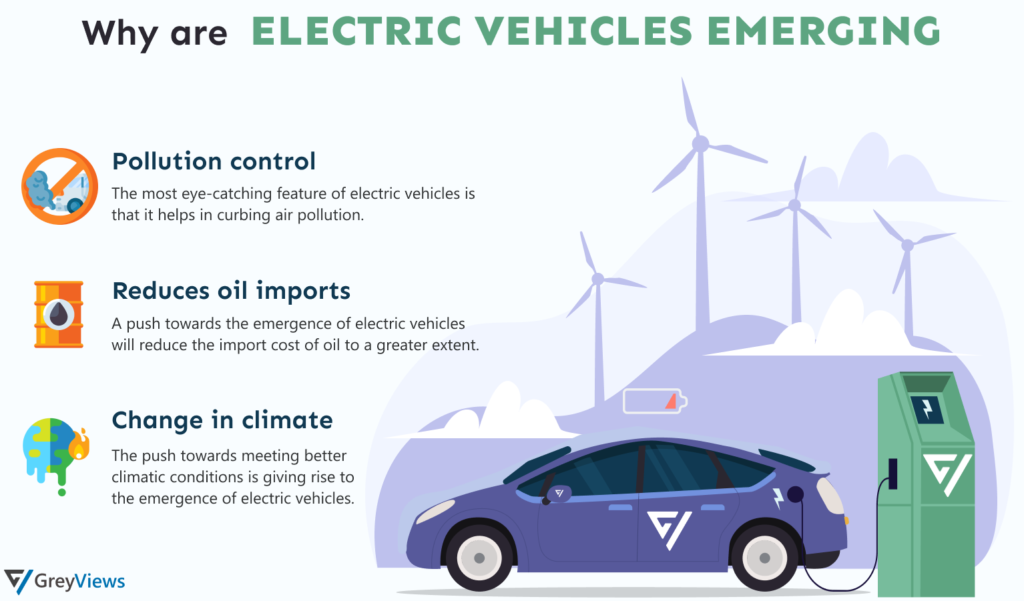
Over the past few years, there have been considerable developments in EV technology, making these vehicles more viable and attractive for everyday use. One of the significant advancements is in battery technology. Modern lithium-ion batteries are lighter, charge faster, and hold a charge longer than their older counterparts, which enhances the range and performance of electric vehicles.
Another notable development is the growing network of charging stations. The availability of charging infrastructure is crucial for the widespread adoption of EVs. Today, fast-charging stations that can recharge an electric vehicle’s battery in less time than it takes to fill a conventional car’s gas tank are becoming increasingly common.
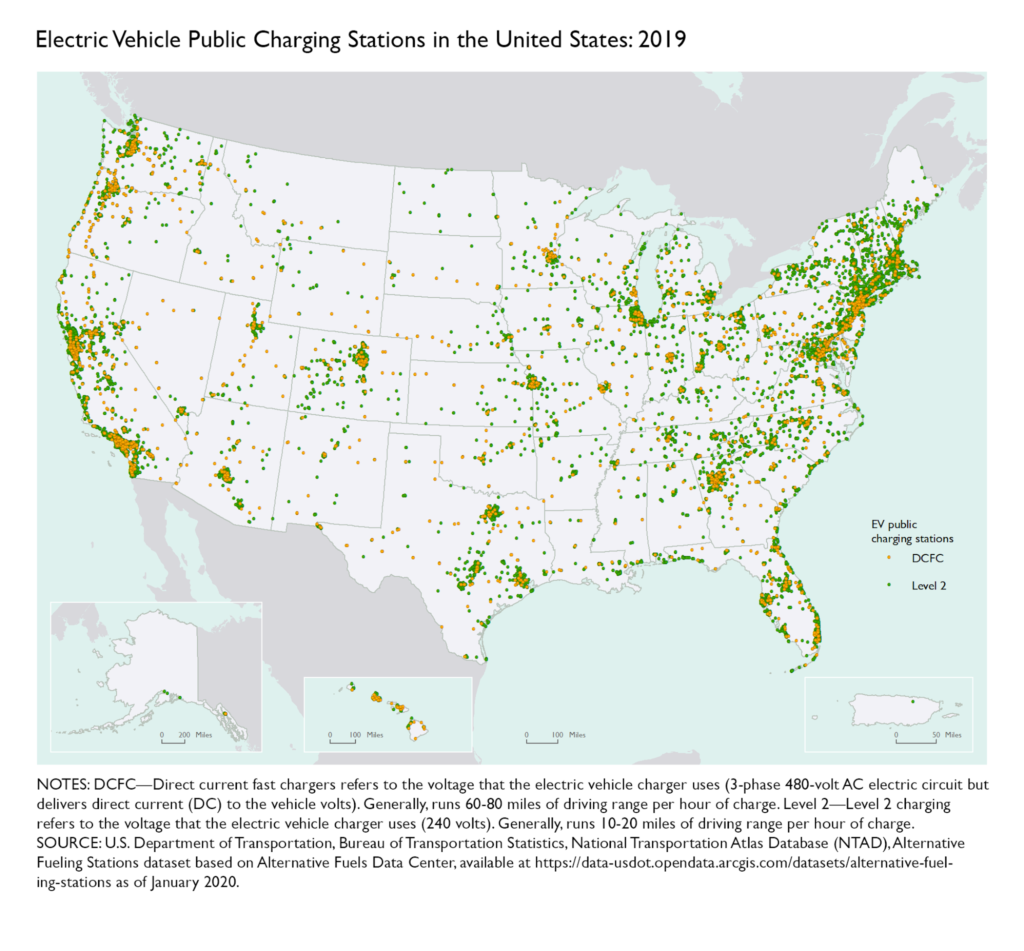
Vertical Farming: Agriculture’s Upward Bound
Vertical farming, an innovative approach to agriculture, has emerged as a promising solution to the challenges of traditional farming. As the name suggests, vertical farming involves growing crops in vertically stacked layers, often in controlled environments such as buildings or shipping containers.
This method of farming offers several advantages over conventional agriculture. Firstly, it maximizes production per unit area — by growing crops in multiple layers, vertical farms can produce significantly more food than traditional farms of the same size.
Additionally, vertical farms often employ hydroponic or aeroponic systems, which use less water than conventional soil-based farming. They also allow for precise control over lighting, temperature, and nutrient levels, leading to faster growth rates and higher yields.
Furthermore, vertical farming is not weather-dependent and can be done year-round, regardless of external conditions. This makes it a viable option for urban areas or regions with harsh climates.
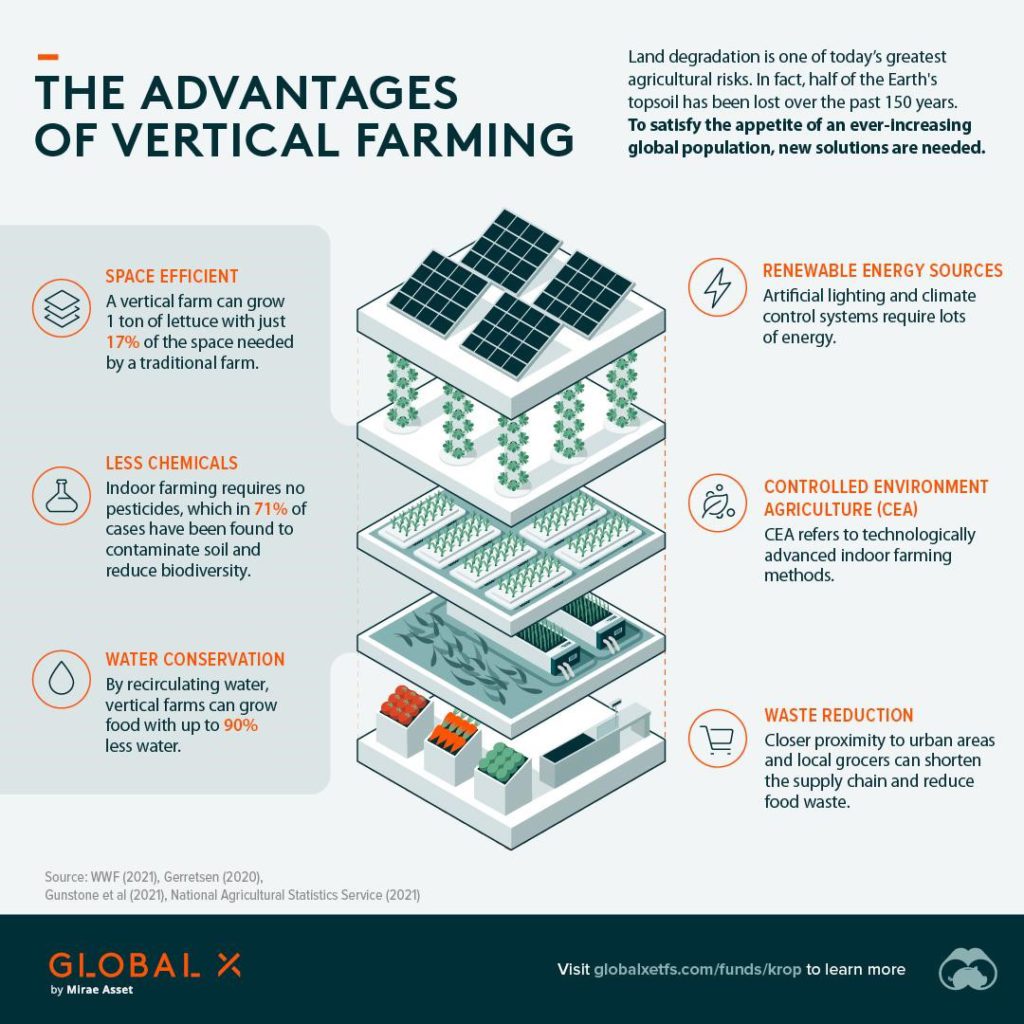
The reduction of pesticide use is another significant benefit of vertical farming. As these farms are enclosed spaces with controlled environments, there are fewer pests and diseases, reducing the need for harmful chemicals.
While it requires significant initial investment and energy for lighting and climate control systems, advancements in LED lighting technology and renewable energy sources are making it increasingly efficient and cost-effective.
Final Thoughts
The world’s increasing focus on green technology is resulting in innovative and sustainable solutions for the myriad environmental challenges we face today.
The top 10 green technology advancements, ranging from advanced solar energy utilization, wind and hydroelectric power, biofuels, water conservation technologies, e-waste recycling, eco-friendly materials, green construction, and electric vehicles to vertical farming, promise to revolutionize various sectors, reduce our carbon footprint, and create a more sustainable future.
These advancements underline our collective potential to align technological progress with environmental responsibility, setting a hopeful and exciting trajectory for the future of our planet.












